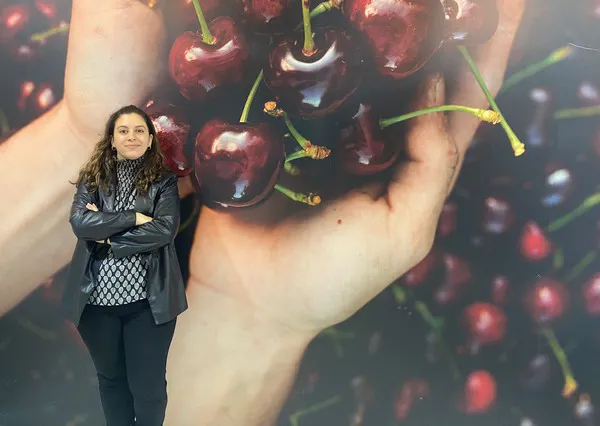Initial forecasts pointed to a late cherry harvest given the delay in flowering, but high temperatures during the spring have finally advanced the harvest in the Jerte Valley, which this year comes with more volumes.
“We've been collecting the earliest cherries for a week, although so far with limited volumes. High temperatures are making the harvest go faster than usual. Everything is going very fast,” stated Monica Tierno, general director of the Jerte Valley Cooperative Association. “By mid next week, we'll start harvesting varieties that have a higher hardness and that are more optimal for export.”

The second-degree cooperative estimates that this year's production will amount to 19 million kilos, compared to 17 million kilos last season, due to higher yields in the field, thanks to better curdling. Even though there are new plantations, the cultivation area remains relatively stable, with continuous varietal reconversions aimed at satisfying consumer needs and improving productivity.
“The cherries' quality is high thanks to the warm climate and the absence of rainfall, and the early varieties have slightly lower calibers due to their rapid maturation. The markets are receiving the first cherries with enthusiasm and joy. As usual, prices are very high until supply begins to abound. It's only in June that we'll really know how the cherry market develops since that's the moment when a large part of the Spanish and other producing areas enter the market and when prices adjust the most. It seems that most countries of the Mediterranean arc will have good productions this year,” Monica Tierno stated.
The entity is increasing its production capacity with new handling facilities and improving its efficiency by carrying out automation pilot tests through the installation of robotic arms to feed the lines and package the fruits. According to Tierno, they've taken these steps because the availability of labor is increasingly limited.
However, the greatest novelty is the installation of a water purification plant in the processing facilities. “The calibration processes are carried out through water circuits and we want to optimize this increasingly scarce resource while reducing the impact of our activity on the environment. Two years ago, when we decided to carry out this project, we never imagined we'd be facing this year's drought, so we were extremely happy to have taken this step,” Monica Tierno stated.
More information:
Mónica Tierno Díaz
Agrupación de Cooperativas del Valle del Jerte
Ctra. Nacional 110, km 381
10614 – Valdastillas, Cáceres
T: +34 927 471070
[email protected]
www.ac-vallejerte.es
